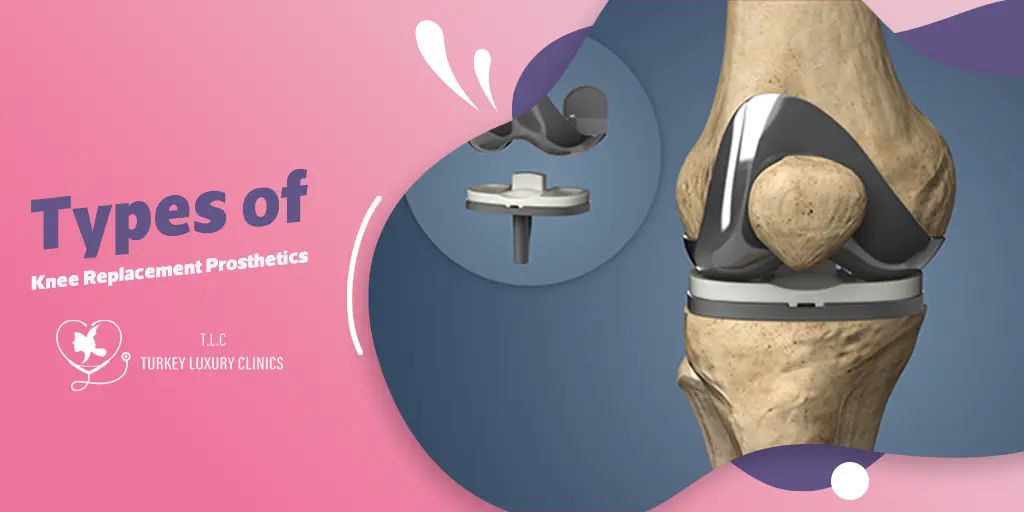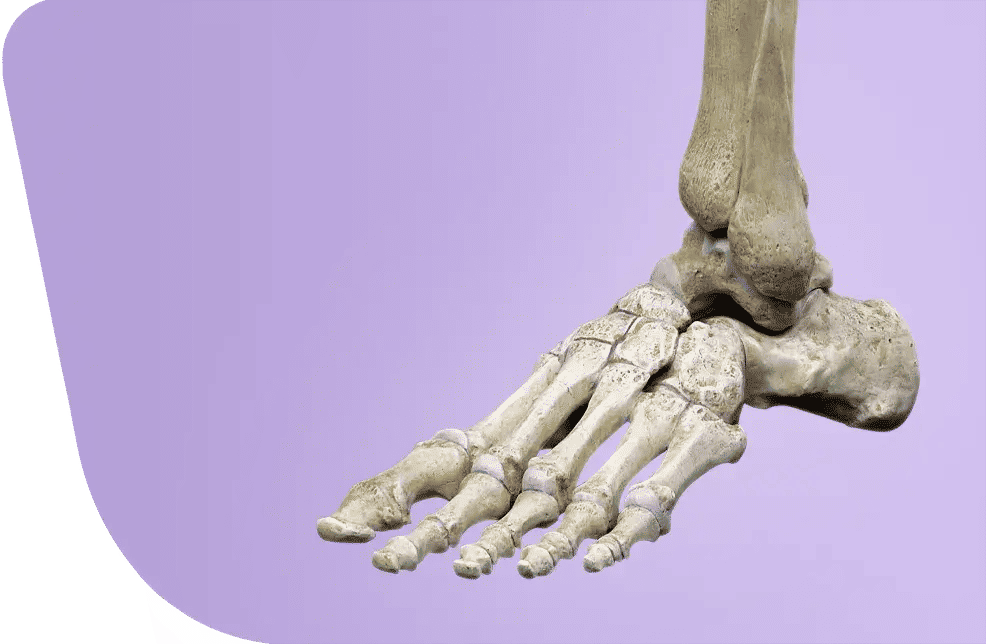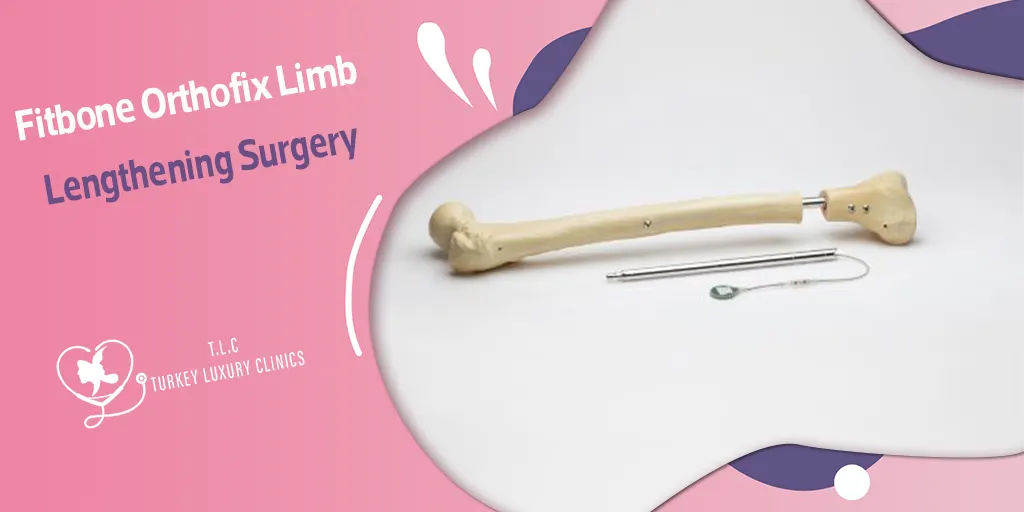- - What is knee replacement surgery?
- - When is knee Replacement recommended?
- - What are the prosthetics made of?
- - What is the Success Rate of Knee Replacement Surgery?
- - How Long Will it Take for me to Walk Again After a Total Knee Replacement Surgery?
- - What Should I Do During the Recovery Period?
- - Will a Metal Detector be Triggered by a Knee Replacement?
- - Turkey Luxury Clinics is Your Ideal Destination!
Are you considering total knee replacement surgery? There are several different types of knee implants used in this procedure. The types are categorized by the materials that rub together when you bend your knee.
What is knee replacement surgery?
Knee replacement surgery involves removing parts of the bones that make up the knee joint and replacing them with artificial implants. The main reason it is done is to relieve pain and stiffness in the knee caused by osteoarthritis.
Most people who undergo this surgery have advanced knee arthritis, in which the knee cartilage is worn away and the surface of the knee becomes hollowed, eroded, and uneven. This is sometimes called "bone-on-bone" arthritis. The result is pain, stiffness, instability, and a change in body alignment.
When is knee Replacement recommended?
It would be fair to say that osteoarthritis is the most common cause of requiring a total knee replacement. This is a degenerative joint disease where the protective cartilage around your joints wears down, leading to bone-on-bone contact and, eventually, pain, swelling and stiffness in the joint. There are other reasons for knee replacement, like rheumatoid arthritis or post-traumatic arthritis.
Many orthopedic surgeons start with non-surgical treatment methods, which include:
- Physical therapy
- Anti-inflammatory medications
- Cortisone injections
- Weight loss
- Activity modification (reducing high-impact activities)
However, if these approaches don't help you or if your condition gets worse, it may be the time to consult a surgeon for a total knee replacement.
What are the prosthetics made of?
The choice of knee replacement design and materials depends on the individual patient. The main implant components are made of metal - usually titanium or chromium-cobalt alloys. The four main types of knee implants are described below.
Metal on Plastic: This is the most prevalent type of implant. It comprises a metal femoral component that is positioned on a polyethylene plastic spacer that is attached to the tibial component. The metals in most common use include cobalt-chromium, titanium, zirconium, and nickel.
Pros: Metal-on-plastic implants are the least expensive type available and have the longest track record for safety and implant lifespan.
Cons: Nevertheless, one potential complication associated with plastic implants is an immune response initiated by minute particles that are shed from the spacer. This can result in bone resorption, which may lead to implant loosening and eventual failure.
Ceramic on Plastic: in contrast to the aforementioned type, this variant employs a ceramic femoral component in lieu of a metallic one (or a metallic component with a ceramic coating). It also sits on a plastic spacer.
Pros: If you're sensitive to nickel, you might want to consider a ceramic implant.
Cons: A potential issue with this type of implant is that the plastic particles can also cause an immune reaction.
Ceramic on Ceramic: Both the femoral and tibial components are manufactured from ceramic.
Pros: Of all the materials used in medical devices, ceramic is the least likely to react with the body.
Cons: It should be noted that ceramic joint prostheses may produce a squeaking noise when walking. In rare instances, the item may shatter under significant pressure, necessitating surgical removal of the fragments.
Metal on Metal: Both the femoral and tibial components are manufactured from metal. Metal-on-metal implants are probably best for younger, more active men because they tend to last longer than other materials. These implants are not recommended for women of childbearing age, as their effects on fetuses are currently unknown.
Pros: Metal implants were originally developed to provide longer-lasting joint replacements for younger patients.
Cons: In light of concerns over traces of metal leaking into the bloodstream, the use of metal-on-metal implants has declined in recent years. The metal comes from the chemical breakdown of the implant hardware. Metal traces can cause inflammation, discomfort, and even damage to the organ.
What is the Success Rate of Knee Replacement Surgery?
For patients with end-stage osteoarthritis, total knee replacement is generally one of the most successful surgeries for improving pain and function. The American Academy of Orthopedic Surgeons (AAOS) reports that knee replacement surgery is one of the most successful procedures in all of medicine.
Most patients find substantial pain relief and are able to return to a variety of activities. It is important to talk with your surgeon about your specific expectations for the recovery and outcome of your knee replacement surgery.
Turkey Luxury Clinics' surgeons and medical professionals work constantly to maximize the effectiveness and satisfaction of all knee replacement patients.
How Long Will it Take for me to Walk Again After a Total Knee Replacement Surgery?
In most cases, a patient will be able to walk with the help of a cane, walker, or crutches within two to three days after surgery. The distance and frequency of walking will increase as the days go by.
Patients are usually able to drive a car within three to six weeks after the procedure, and can resume most other normal activities at or before the six-week mark.
Returning to full strength and mobility can take six months or more to complete. 1-2 months after surgery, the patient's mobility is often much better than before the knee replacement surgery.
What Should I Do During the Recovery Period?
The start of rehabilitation (physical therapy) will be within 24 hours of the surgery. After your surgery, the nursing staff at Turkey Luxury Clinics will help you get into bed. They will help you turn until you are able to move around on your own.
Soon after the operation, a physiotherapist will come to your room to teach you appropriate exercises and check your progress. Soft exercises to improve range of motion can help prevent circulation problems and strengthen your muscles. The physical therapist will help you with the following activities:
- Sitting by the bed with feet on the ground
- Safe getting in and out of bed
- Walking with an assistive device (walker, cane, or crutches)
- Climbing stairs with the help of an assistive device
Will a Metal Detector be Triggered by a Knee Replacement?
While knee implants generally do not trigger metal detectors, more sensitive devices may register their presence. For airport security, it is not necessary to carry any type of card or documentation.
Turkey Luxury Clinics is Your Ideal Destination!
For most people, knee replacement is a total game-changer! It provides much-needed pain relief, improved mobility, and a better quality of life. And the best part? Most knee replacements can be expected to last at least 15 to 20 years!
Contact Turkey Luxury Clinics today to speak with our experienced orthopedic team. They will be happy to provide you with a consultation on your case and recommend the optimal solution.












.webp)
.webp)
.webp)
.webp)

